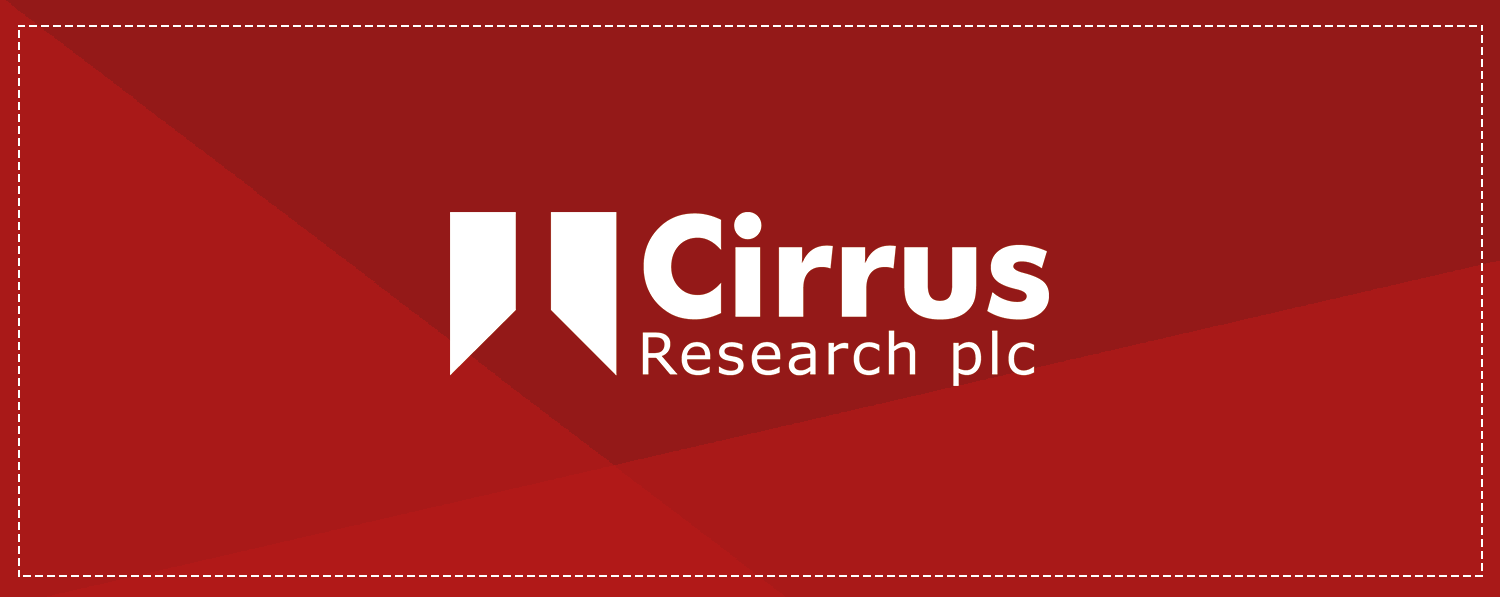All of the noise measurement instruments that you use should comply with one or more standards which specify the accuracy that the unit should have.
There are many different standards for noise measurement instruments such as sound level meters, noise dosemeters and acoustic calibrators and these will each have their own specific requirements, tolerances and performance criteria.
In the UK, the requirements for instruments that will be used to measure noise at work are defined in the Noise at Work Regulations [1].
This lists the standards that instruments should meet and for personal sound exposure meters, or noise dosimeters, this is given as BS EN 61252:1997[2].
BS EN 61252:1997[2] and the corresponding International version IEC 61252:1993[3] lay out the performance required from a noise dosimeter along with the tolerances that are allowed.
Both of these have a single level of performance that the instrument must meet and as such there are no references to Class or Type.
The Noise at Work regulations [1] state Your dosimeter should meet the requirements of BS EN 61252:1997. Dosimeters have no type or class number.
This is in contrast to the standards for sound level meters, IEC 61272:2002, which has different levels of performance for Class 1 and Class 2 instruments.
For example, the Cirrus doseBadge noise dosimeter is marked as meeting IEC 61252:1993 and as such is suitable for use in meeting the Noise at Work regulations [1].
If a noise dosimeter has been designed to be used to meet the OSHA standard, or others that require compliance with ANSI standards, additional marking will be required.
The ANSI standard S1.25-1991[4] required different marking and a noise dosimeter that meets this standard will be marked along the lines of 2AS-90/80-5. This indicates that the unit has tolerances that correspond to a Type 2 sound level meter (ANSI S1.4-1983), with an A Frequency weighting network, an exponetial averager with a Slow time constant, a criterion level of 90dB, a threshold of 80dB and an exchange rate of 5dB.
This is different to the requirements of BS EN 61252:1997 and is not applicable to instruments used to comply with Noise at Work Regulations.
References:
- Controlling noise at work: The Control of Noise at Work Regulations 2005 Appendix 1, Section 16
- BS EN 61252:1997 Electroacoustics Specifications for personal sound exposure meters
- Â IEC 61252:1993 + A1:2000 – Electroacoustics Specifications for personal sound exposure
- ANSI S1.25 1991 Specification for personal noise dosimeters



